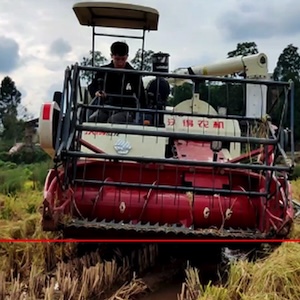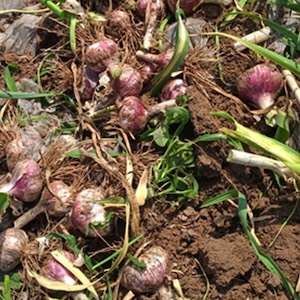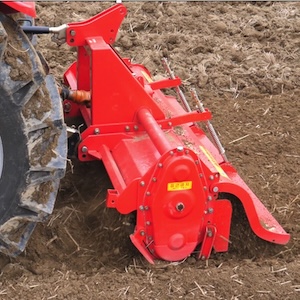NEW PHYTOTRON FOR STUDYING THE EFFECT OF CLIMATE CHANGE ON PLANT PATHOGENS
Published:30 June 2012
Abstract Views: 1854
PDF: 1203
Publisher's note
All claims expressed in this article are solely those of the authors and do not necessarily represent those of their affiliated organizations, or those of the publisher, the editors and the reviewers. Any product that may be evaluated in this article or claim that may be made by its manufacturer is not guaranteed or endorsed by the publisher.
All claims expressed in this article are solely those of the authors and do not necessarily represent those of their affiliated organizations, or those of the publisher, the editors and the reviewers. Any product that may be evaluated in this article or claim that may be made by its manufacturer is not guaranteed or endorsed by the publisher.
Similar Articles
- Alessandro D'Emilio, Simona M.C. Porto, Giovanni Cascone, Marco Bella, Marco Gulino, Mitigating heat stress of dairy cows bred in a free-stall barn by sprinkler systems coupled with forced ventilation , Journal of Agricultural Engineering: Vol. 48 No. 4 (2017)
- Andrea Setti, Giulio Castelli, Lorenzo Villani, Roberto Ferrise, Elena Bresci, Modelling the impacts of water harvesting and climate change on rainfed maize yields in Senegal , Journal of Agricultural Engineering: Vol. 54 No. 3 (2023)
- Molla Mekonnen Alemu, Hussein Gadain, Brigadier Libanda, Understanding land use and land cover change in a prolonged conflict affected farming system: the case of Tuban district, Yemen , Journal of Agricultural Engineering: Vol. 56 No. 1 (2025)
- Stefania Pindozzi, Elena Cervelli, Pier Francesco Recchi, Alessandra Capolupo, Lorenzo Boccia, Predicting land use change on a broad area: Dyna-CLUE model application to the Litorale Domizio-Agro Aversano (Campania, South Italy) , Journal of Agricultural Engineering: Vol. 48 No. s1 (2017): Special Issue
- Francesca Valenti, Simona M.C. Porto, Giovanni Cascone, Claudia Arcidiacono, Potential biogas production from agricultural by-products in Sicily. A case study of citrus pulp and olive pomace , Journal of Agricultural Engineering: Vol. 48 No. 4 (2017)
- Marzia Quattrone, Giovanna Tomaselli, Lara Riguccio, Patrizia Russo, Assessment of the territorial suitability for the creation of the greenways networks: Methodological application in the Sicilian landscape context , Journal of Agricultural Engineering: Vol. 48 No. 4 (2017)
- Melis Inalpulat, Monitoring and multi-scenario simulation of agricultural land changes using Landsat imageries and future land use simulation model on coastal of Alanya , Journal of Agricultural Engineering: Vol. 55 No. 1 (2024)
- Abderrahman Sghaier, Hanen Dhaou, Lassaad Jarray , Zouhair Abaab, Ahmed Sekrafi, Mohamed Ouessar , Assessment of drought stress in arid olive groves using HidroMORE model , Journal of Agricultural Engineering: Vol. 53 No. 1 (2022)
- Dina Statuto, Giuseppe Cillis, Pietro Picuno, Analysis of the effects of agricultural land use change on rural environment and landscape through historical cartography and GIS tools , Journal of Agricultural Engineering: Vol. 47 No. 1 (2016)
- Lara Riguccio, Giovanna Tomaselli, Laura Carullo, Danilo Verde, Patrizia Russo, Identifying areas suitable for wine tourism through the use of multi-criteria and geographic information system: the method and its application in the countryside around Mount Etna (Sicily) , Journal of Agricultural Engineering: Vol. 48 No. 2 (2017)
You may also start an advanced similarity search for this article.

 https://doi.org/10.4081/jae.2011.1.1
https://doi.org/10.4081/jae.2011.1.1 










